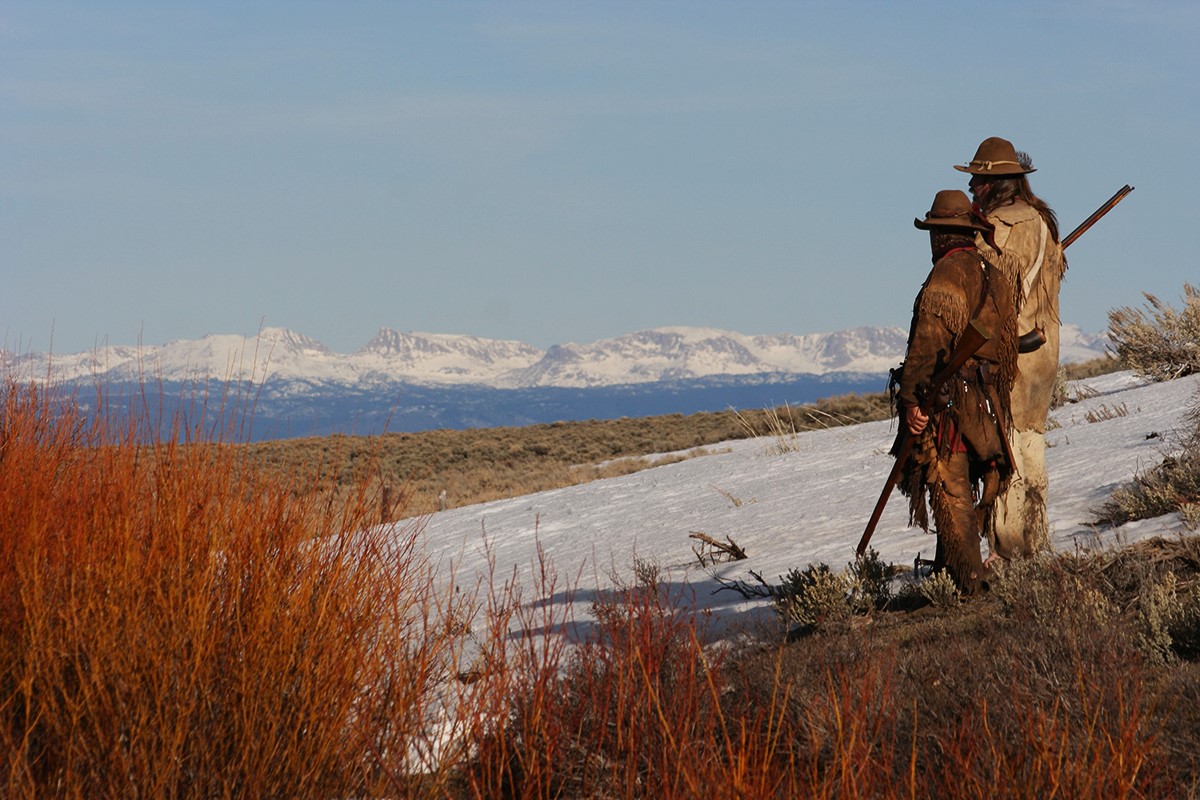Hidden Fur Trade Rendezvous Sites In The Rocky Mountains

Have you ever wondered where the fur traders of the 1800s gathered in the Rocky Mountains? These rugged peaks hold secrets of bustling rendezvous sites where trappers, traders, and Native Americans met to exchange goods. Imagine the excitement as traders bartered beaver pelts for supplies, stories, and news from distant lands. Hidden in valleys and along riverbanks, these spots were the lifeblood of the fur trade. Today, you can visit these historic locations and step back in time. Whether you’re a history buff or an outdoor enthusiast, exploring these hidden fur trade rendezvous sites offers a unique glimpse into the past.
Hidden Fur Trade Rendezvous Sites in the Rocky Mountains
The Rocky Mountains hold secrets from the past, especially from the fur trade era. Traders, trappers, and Native Americans gathered in these remote locations to exchange goods and stories. Let's uncover some of these hidden rendezvous sites.
1. Green River Valley
The Green River Valley, located in Wyoming, was a bustling hub for fur traders. The lush valley provided ample resources and a strategic meeting point.
- Historical Significance: This site hosted several rendezvous from 1825 to 1840.
- Scenic Beauty: Surrounded by mountains, the valley offers stunning views and a glimpse into the past.
2. Pierre's Hole
Nestled in Idaho, Pierre's Hole was another key rendezvous site. Its rich history and picturesque landscape make it a must-visit.
- Battle of Pierre's Hole: In 1832, a significant battle between trappers and Native Americans took place here.
- Teton Range: The site is near the majestic Teton Range, adding to its allure.
3. Fort Union Trading Post
Fort Union, located on the border of North Dakota and Montana, served as a major trading post. It was a melting pot of cultures and commerce.
- Reconstructed Fort: Visitors can explore a reconstructed version of the original fort.
- Cultural Exchange: The site was a meeting place for various Native American tribes and European traders.
4. Bent's Old Fort
In Colorado, Bent's Old Fort stands as a testament to the fur trade era. This adobe fort was a key trading post on the Santa Fe Trail.
- Living History: The fort offers reenactments and living history programs.
- Trade Hub: It was a vital link between the United States and Mexico.
5. Fort Vancouver
Located in Washington, Fort Vancouver was a significant fur trading post for the Hudson's Bay Company. Its strategic location made it a bustling center of activity.
- National Historic Site: The fort is now a National Historic Site with well-preserved buildings.
- Educational Programs: Visitors can learn about the fur trade through interactive exhibits.
6. Fort Bridger
Fort Bridger in Wyoming was established by Jim Bridger, a famous mountain man. It played a crucial role in the fur trade and westward expansion.
- Historic Buildings: The site features original and reconstructed buildings.
- Pioneer History: It was a key stop for pioneers traveling west.
7. Fort Laramie
Fort Laramie, located in Wyoming, was a major trading post and military fort. It witnessed significant events in the fur trade and American history.
- Restored Fort: The fort has been restored to its 19th-century appearance.
- Historical Events: It played a role in treaties with Native American tribes.
8. Fort Hall
In Idaho, Fort Hall was a vital trading post for the Hudson's Bay Company. Its location on the Snake River made it a key site for trappers and traders.
- Replica Fort: A replica of the original fort stands on the site.
- Oregon Trail: It was an important stop on the Oregon Trail.
9. Fort Benton
Fort Benton in Montana was known as the "Birthplace of Montana." It was a bustling fur trading post and later a key port on the Missouri River.
- Historic District: The town has a historic district with well-preserved buildings.
- River Port: It was a major port for steamboats on the Missouri River.
10. Fort Astoria
Fort Astoria, located in Oregon, was the first American-owned settlement on the Pacific Coast. It played a crucial role in the fur trade and westward expansion.
- Astoria Column: A monument that offers panoramic views of the area.
- Lewis and Clark: The site is linked to the famous expedition.
Discovering the Hidden Fur Trade Sites
Exploring the hidden fur trade rendezvous sites in the Rocky Mountains offers a unique glimpse into history. These locations, often tucked away in remote areas, tell stories of early traders and their interactions with indigenous peoples. Visiting these sites, you can almost feel the hustle and bustle of the trade era, with its rich cultural exchanges and rugged adventures.
Whether you're a history buff or just love the great outdoors, these spots provide a fascinating blend of both. From the scenic beauty of the Rockies to the intriguing remnants of the past, there's something for everyone. So next time you're planning a trip, consider adding these hidden gems to your itinerary. You'll not only enjoy breathtaking landscapes but also walk in the footsteps of those who shaped the region's history.

